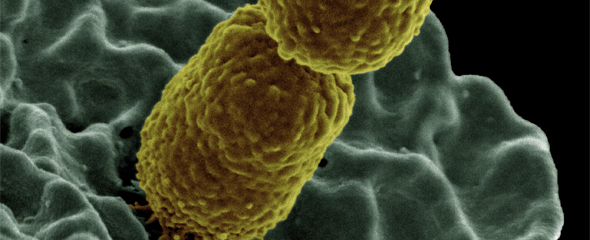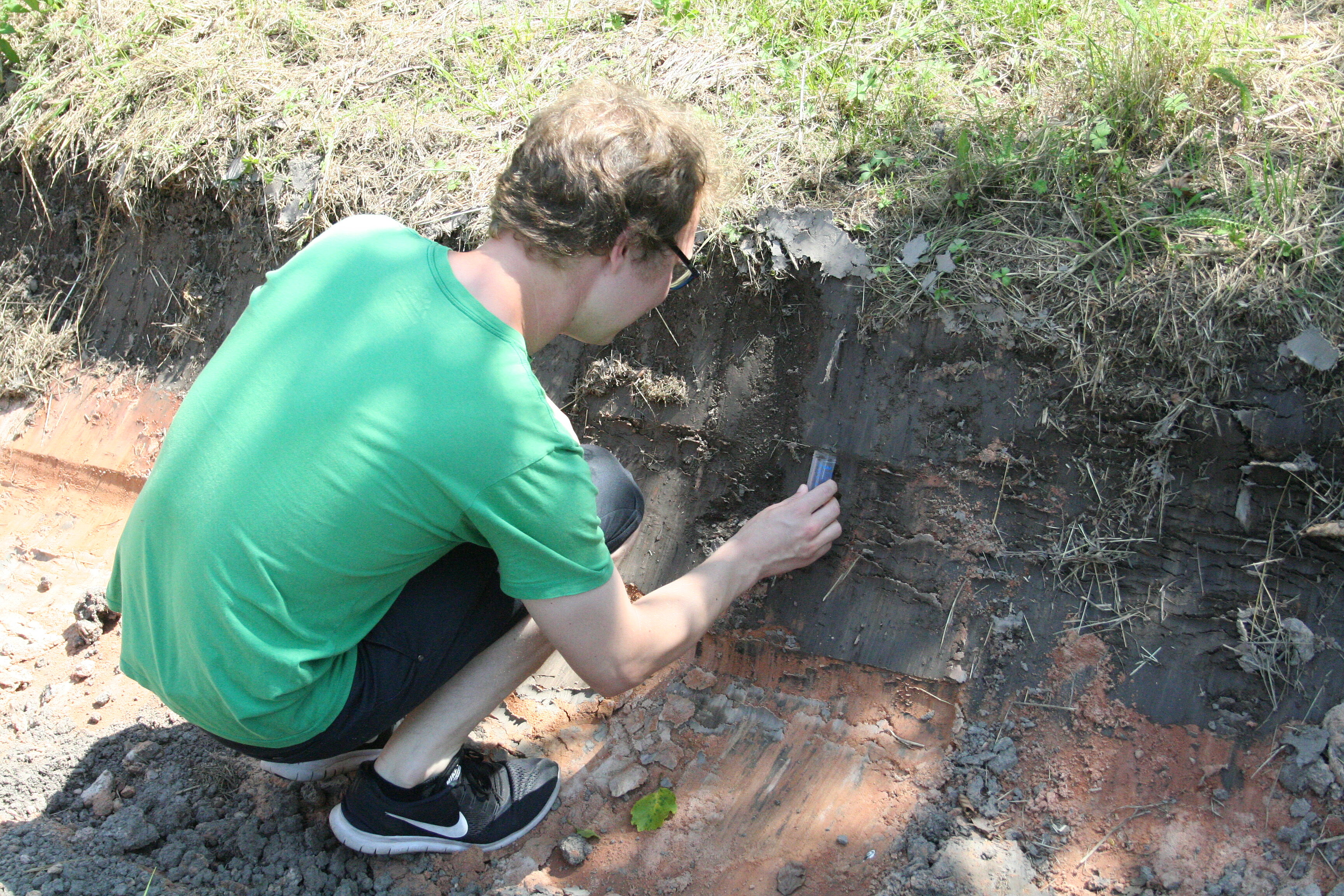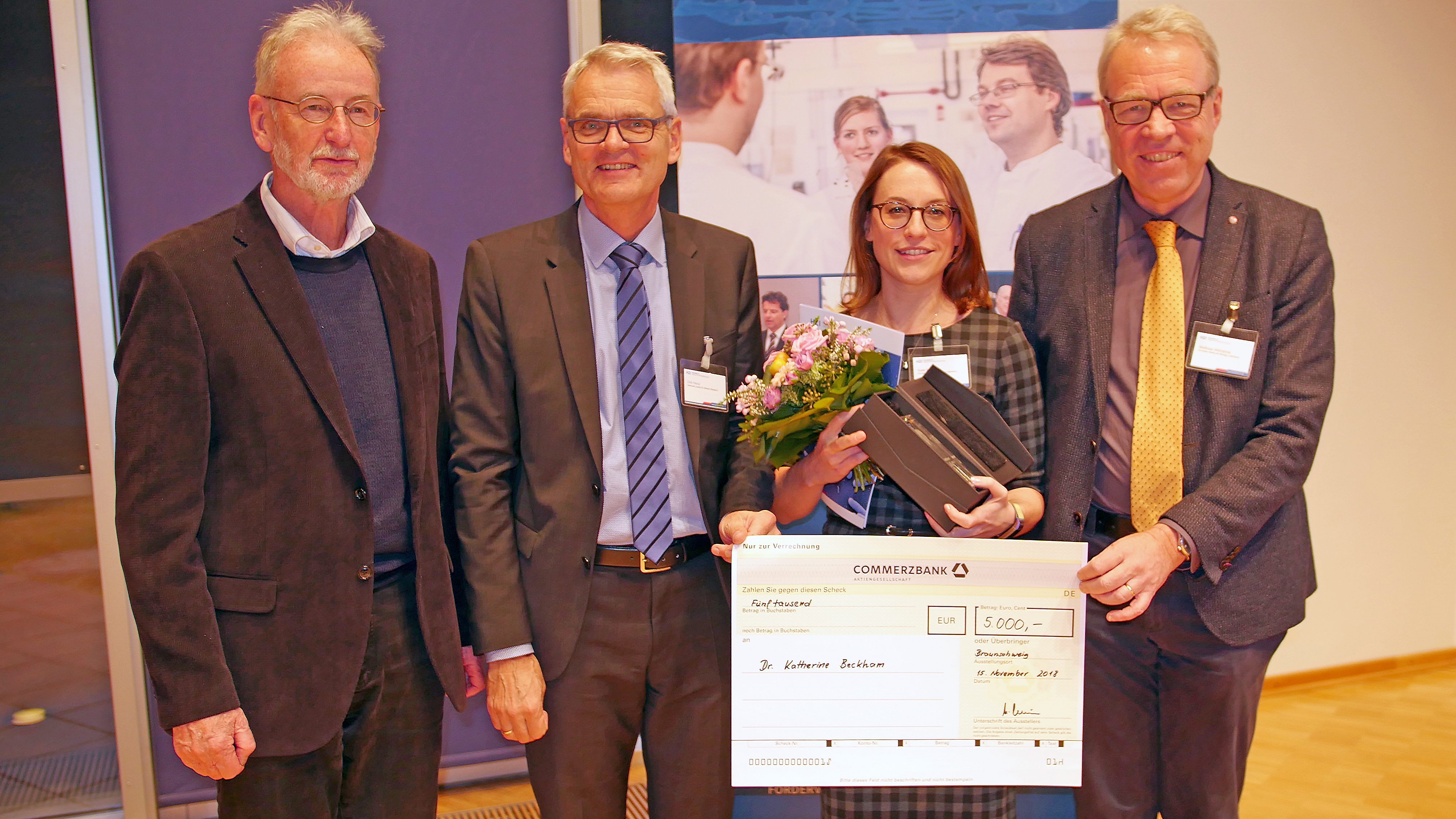Newsroom


![[Translate to English:] Chase Beisel](/fileadmin/_processed_/2/0/csm_Chase_Beisel_2_476f58ff93.jpg)

HZI in the media
08.01.2026
|
ARCHYDE
07.01.2026
|
News Medical
07.01.2026
|
DeutschesGesundheitsPortal
07.01.2026
|
Trading View
02.01.2026
|
Biermann Medizin
30.12.2025
|
Tagesschau
30.12.2025
|
Deutsches Ärzteblatt
29.12.2025
|
Biermann Medizin
29.12.2025
|
Das PTA Magazin
22.12.2025
|
Research Information
17.12.2025
|
Verband Deutscher Biologen e.V.


